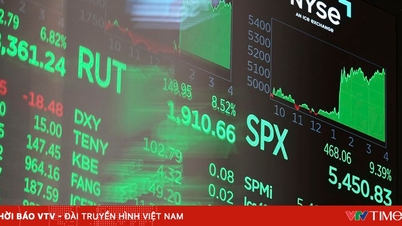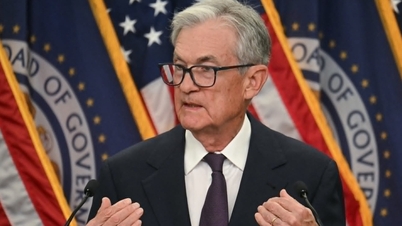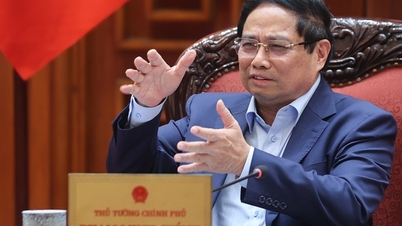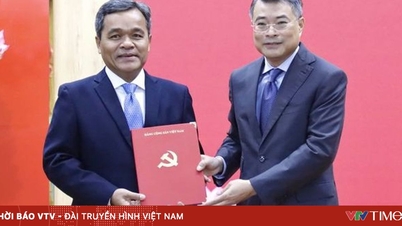On September 29, Cleveland Federal Reserve Bank President Beth Hammack said that US monetary policy must be maintained at a limited level to bring inflation back to the target of about 2%. Ms. Hammack commented that inflation will remain above the target in the next 1-2 years, especially in the service sector, such as insurance - an area that has the effect of "pouring" into core inflation.
Although Beth Hammack, former CEO of Goldman Sachs, does not have a vote on the decisions of the Federal Open Market Committee – the Fed’s policy-making body – this year, her views are well-regarded and are considered very “hawkish” – that is, prioritizing controlling inflation over cutting interest rates early. Ms. Hammack noted that some inflationary pressures are not only due to tariffs but also arise from domestic services, so when looking at inflation, it is necessary to observe more closely so as not to miss the steady trends that may pass.
On interest rates, Ms. Hammack said there was still no clear reason to cut sharply while inflation remained stubborn, and believed that reducing at least a large part of the restrictions would need to be done carefully, not hastily.
Asked by CNBC if it was a mistake for the Fed to cut interest rates in the current economic climate, Hammack described it as a “challenging time for monetary policy,” saying the US central bank faces challenges in trying to balance fighting persistent inflation or protecting jobs.
Hammack's comments come after stronger-than-expected economic data appeared to dampen Wall Street hopes for aggressive monetary easing. Earlier this month, the Fed approved a widely expected rate cut, lowering its benchmark overnight lending rate by 0.25 percentage point to a range of 4.00%-4.25% and signaling two more cuts before the end of the year.
However, a series of strong economic data since then has dampened expectations of a quick rate cut. Investors' attention is now shifting to the September nonfarm payrolls report, due on October 3, although the release could be delayed by a potential government shutdown.
The US labor market appears “fairly healthy” and generally balanced, while inflation remains above the Fed’s target, Hammack said, adding that she does not expect prices to fall to 2% until late 2027 or early 2028.
Source: https://vtv.vn/fed-my-can-duy-tri-chinh-sach-han-che-trong-boi-canh-ap-luc-lam-phat-100250930160143052.htm



![[Photo] Binh Trieu 1 Bridge has been completed, raised by 1.1m, and will open to traffic at the end of November.](https://vphoto.vietnam.vn/thumb/1200x675/vietnam/resource/IMAGE/2025/10/2/a6549e2a3b5848a1ba76a1ded6141fae)



































































































Comment (0)